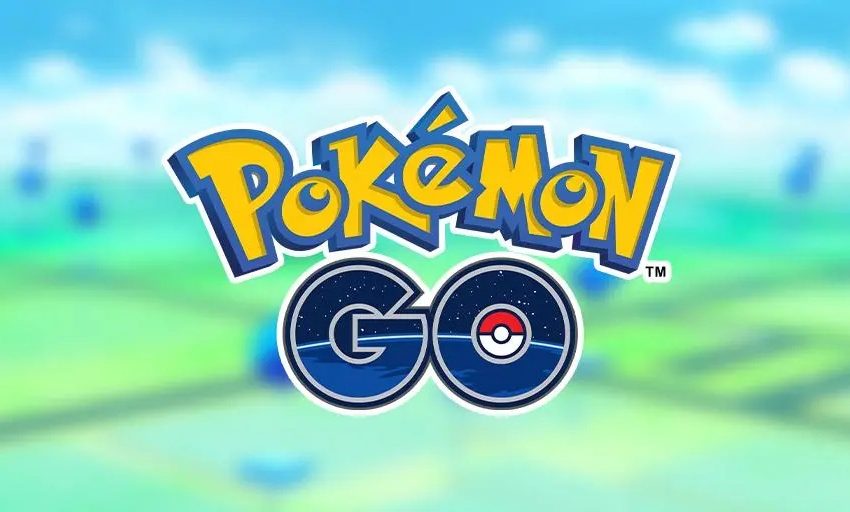Understanding online casino self-exclusion programs and tools
The online gambling landscape includes various player protection measures. Self-exclusion programs create essential boundaries for players seeking breaks from online gambling activities. These tools empower individuals to take control of their gaming habits through proactive steps. Self-exclusion works as a voluntary program where players restrict their access to gambling platforms. This restriction spans from short cooling-off periods to permanent blocks. The program prevents players from creating new accounts or accessing existing ones during the chosen timeframe.
Key components of self-exclusion tools
Account restrictions
The primary function blocks access to player accounts. This restriction includes deposits, withdrawals, and gameplay. The system maintains these blocks throughout the selected exclusion period.
Time management tools
These features allow players to set specific time limits for their gaming sessions. The platform sends notifications when approaching these limits and automatically logs out users once reached.
Essential protection features:
- Automatic account blocking
- Deposit restrictions
- Marketing communication blocks
- Time limit enforcement
- Multi-platform coverage
Self-exclusion activation works
The activation process requires several verification steps to ensure security. Players must confirm their identity and specify their preferred exclusion duration. Many players seeking stronger protection measures explore platforms like no cruks casino options, which offer additional safeguards.
Duration options for self-exclusion
Short-term breaks
These periods typically range from 24 hours to one month. They serve as cooling-off periods for players needing brief pauses from gaming activities.
Steps to activate self-exclusion:
- Access account settings
- Choose exclusion duration
- Verify identity
- Confirm understanding
- Receive confirmation
Extended protection periods
Medium-term exclusion spans from one month to one year. This option suits players seeking substantial breaks while maintaining future access options. Permanent exclusion remains available for players wanting indefinite restrictions. This choice requires careful consideration as reversal proves challenging or impossible.
Multi-operator self-exclusion systems
These programs extend protection across multiple platforms simultaneously. Players accessing casino environments benefit from comprehensive exclusion coverage, preventing access across connected gaming sites.
Support services integration
- Professional assistance- Self-exclusion programs connect with support services. These resources include helplines, counselling services, and educational materials about responsible gaming.
- Financial management tools- Additional features help players control their spending. These tools include deposit limits, loss limits, and budget tracking systems.
- Identity verification– Robust systems verify player identity across platforms. This verification prevents circumvention through new account creation.
Cross-platform coordination
Gaming operators share exclusion data through secure channels. This sharing ensures comprehensive coverage of player-selected restrictions.
- Automated systems- Technology monitors attempted access and blocks restricted activities. These systems run continuously to maintain protection effectiveness.
- Regular updates– Platforms update their exclusion databases regularly. This maintenance ensures current information across all connected services.
- Information handling- Self-exclusion programs maintain strict privacy standards. Personal data receives protection through encryption and secure storage systems.
- Access controls- Limited staff access to exclusion data maintains confidentiality. These restrictions protect player privacy throughout the exclusion period.
Reactivation procedures
End of exclusion period- When temporary exclusions expire, accounts remain blocked. Players must request reactivation through formal procedures.
- Assessment requirements- Some jurisdictions require evaluation before lifting restrictions. This assessment helps ensure player readiness to resume activities.
- Responsible gaming information– Programs provide educational materials about healthy gaming habits. These resources support informed decisions about gaming activities.
- Self-assessment tools- Players access tools to evaluate their gaming patterns. These assessments help identify potential risks and make necessary adjustments.
New tools emerge to enhance protection effectiveness. These developments improve the accuracy and coverage of exclusion systems. Gaming regulators work toward unified exclusion standards. This cooperation strengthens player protection across jurisdictions.








